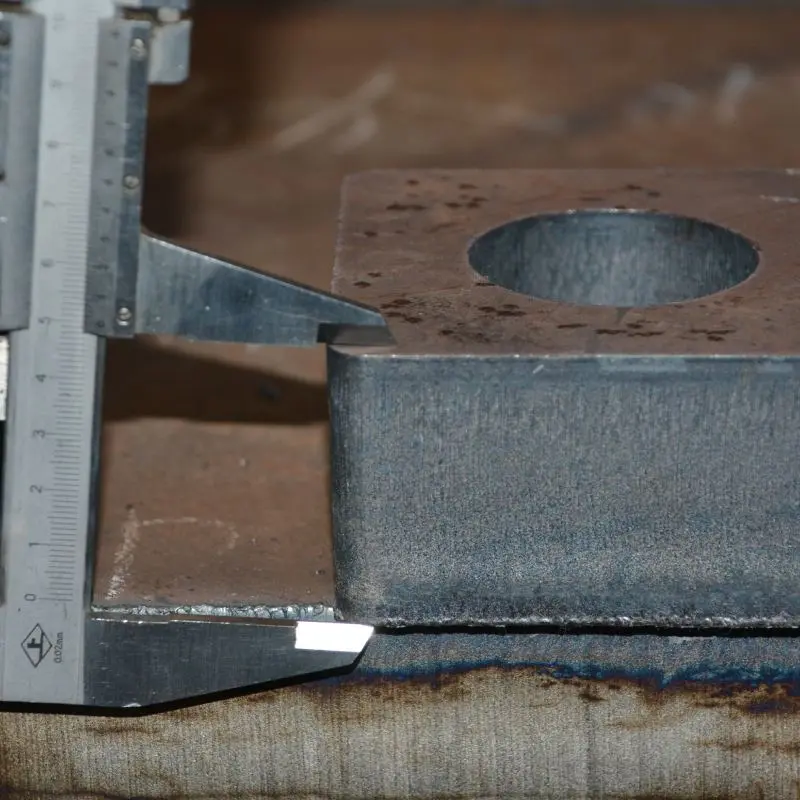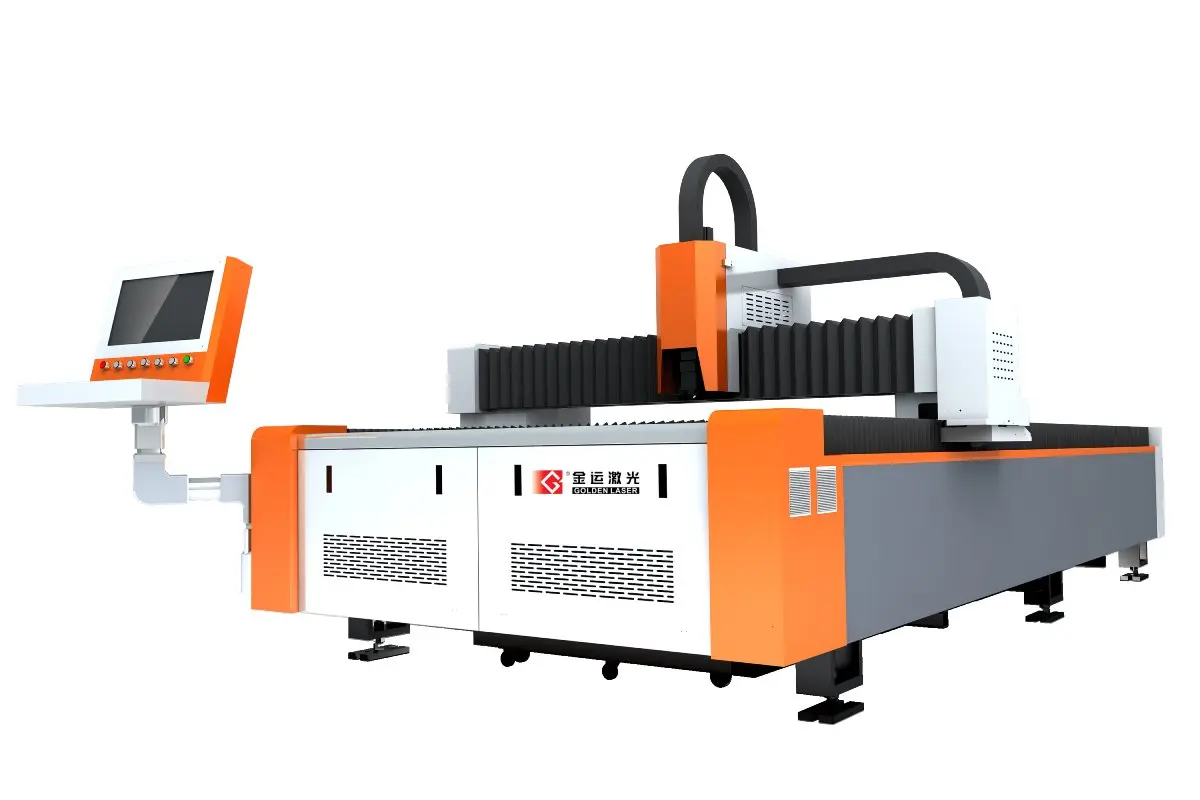Carbon fiber has emerged as a game-changer in various industries due to its lightweight yet robust properties, making it an ideal material for applications ranging from aerospace to automotive and beyond. As the demand for precision and customization continues to rise, Carbon Fiber CNC Cutting has become an increasingly popular method for shaping this versatile material. In this article, we will explore the benefits of carbon fiber CNC cutting, the techniques involved, and how it is revolutionizing the way products are manufactured and designed.
The Benefits of Carbon Fiber CNC Cutting
1. **Precision and Accuracy**: One of the most significant advantages of CNC cutting is its ability to execute complex designs with astounding precision. The computer-controlled machines can produce intricate shapes and sizes that would be nearly impossible to achieve through manual cutting methods. This high level of accuracy is critical in industries such as aerospace and automotive, where even the slightest deviation can result in catastrophic failures.

Exploring the Benefits and Techniques of Carbon Fiber CNC Cutting: Revolutionizing Manufacturing and Design in Various Industries
2. **Consistency**: In manufacturing, consistency is key to maintaining quality. CNC cutting allows for repetitive tasks to be completed with the same exact specifications every time. This ensures that each piece of carbon fiber is uniform, leading to better integration in assemblies and reduced waste during production.
3. **Versatility**: Carbon fiber can be used in a variety of applications, from sports equipment to medical devices. CNC machines can be programmed to cut different shapes and sizes, making them adaptable for various projects. Whether it’s for creating lightweight components in a high-performance vehicle or crafting intricate designs for consumer goods, carbon fiber CNC cutting can cater to diverse needs.

Exploring the Benefits and Techniques of Carbon Fiber CNC Cutting: Revolutionizing Manufacturing and Design in Various Industries
4. **Reduced Waste**: Traditional methods of cutting materials often lead to significant waste, especially when dealing with expensive composites like carbon fiber. CNC machines optimize cutting paths, minimizing scrap material by using every part of the fiber efficiently. This not only lowers costs but also aligns with more sustainable manufacturing practices.
5. **Enhanced Design Capabilities**: With the advancement of 3D modeling software, designers can create complex geometries that are easily transferred to CNC machines. This integration allows for the exploration of innovative designs that were previously inconceivable, pushing the boundaries of both functionality and aesthetics.
Techniques in Carbon Fiber CNC Cutting
The process of CNC cutting carbon fiber involves several steps, from the initial design to the final cut. Here’s a breakdown of the techniques involved:

Exploring the Benefits and Techniques of Carbon Fiber CNC Cutting: Revolutionizing Manufacturing and Design in Various Industries
1. **3D Modeling**: The first step is to create a digital model of the desired part using CAD (Computer-Aided Design) software. This model serves as the blueprint for the CNC machine, allowing for precise programming of the cutting paths.
2. **Tool Selection**: Choosing the right cutting tools is crucial when working with carbon fiber, as the material can be abrasive and wear down tools quickly. Carbide and diamond-tipped tools are often preferred for their durability and ability to achieve clean cuts.
3. **Setting Up the CNC Machine**: Once the 3D model is finalized and the tools are selected, the CNC machine is set up with the appropriate material and configurations. This includes adjusting the feed rate, spindle speed, and cutting depth to ensure optimal performance.
4. **Cutting Process**: The CNC machine begins the cutting process, following the programmed paths with precision. Advanced CNC machines can handle various cutting strategies such as milling, routing, and laser cutting, depending on the required outcome.
5. **Post-Processing**: After the cutting is complete, the carbon fiber component may undergo additional processes such as sanding, finishing, and inspection to ensure it meets the desired specifications.
Applications of Carbon Fiber CNC Cutting
The applications for carbon fiber CNC cutting are vast and varied. In the aerospace industry, for instance, lightweight components made through this method help improve fuel efficiency and performance. In the automotive sector, manufacturers are creating lighter, more efficient vehicles that maintain structural integrity. Sports equipment, such as bicycles and tennis rackets, benefit from the durability and performance enhancements that carbon fiber provides.
In conclusion, Carbon Fiber CNC Cutting is transforming manufacturing and design across multiple industries. By offering precision, consistency, and reduced waste, it allows for the creation of innovative products that stand at the forefront of technology. As advancements in CNC technology continue, the capabilities of carbon fiber cutting will only broaden, paving the way for even more exciting developments in material science and engineering. Iron Cutting Machine


